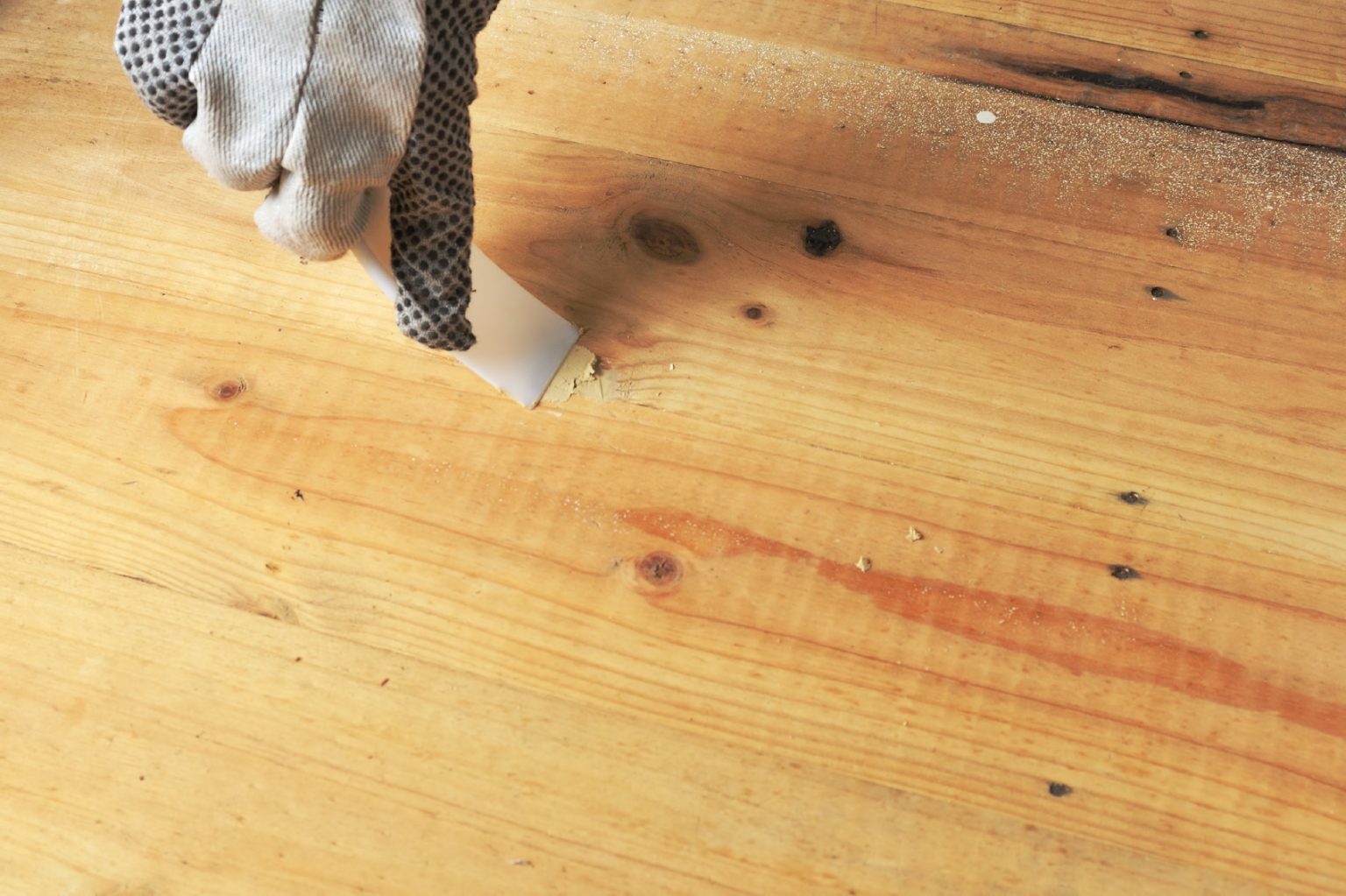

On the other hand, the wood putty has a more pliable texture even after it dries. While this works well for indoor projects, outdoor projects tend to separate from the wood filler as the wood expands and contracts with the seasons. Generally, wood filler hardens to a sandable consistency. However, due to the softer texture, wood putty is not easily sanded.

This pliability allows wood putty to be applied to a project after it has been stained and finished. Then, you can sand, paint, and forget it! Wood filler will provide some structural support, although it does not replace serious repair. This texture allows you to apply wood filler to large cracks in a project. But understanding their differences will lead you to more successful result (and help you remedy some major mess-ups!) Consistency You can use both wood filler and wood putty to correct minor cracks and blemishes in your project. What is the Difference Between Wood Filler and Wood Putty? Please visit my disclosures page for more information. Purchases made through these links may earn me a small commission at no additional cost to you. This post contains affiliate links for your convenience. Frequently Asked Questions about Wood Putty.Frequently Asked Questions about Wood Filler.What is the Difference Between Wood Filler and Wood Putty?.


 0 kommentar(er)
0 kommentar(er)
